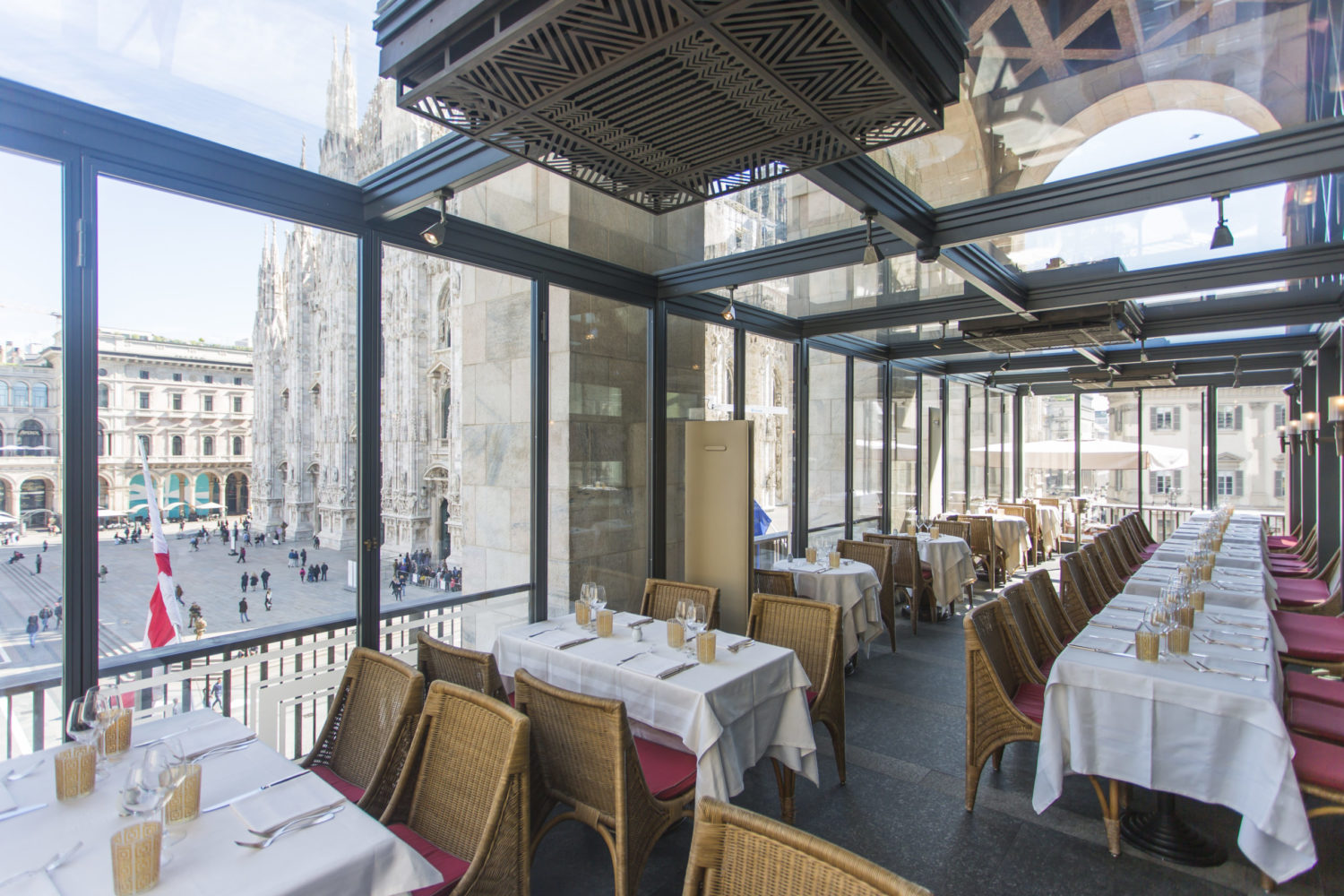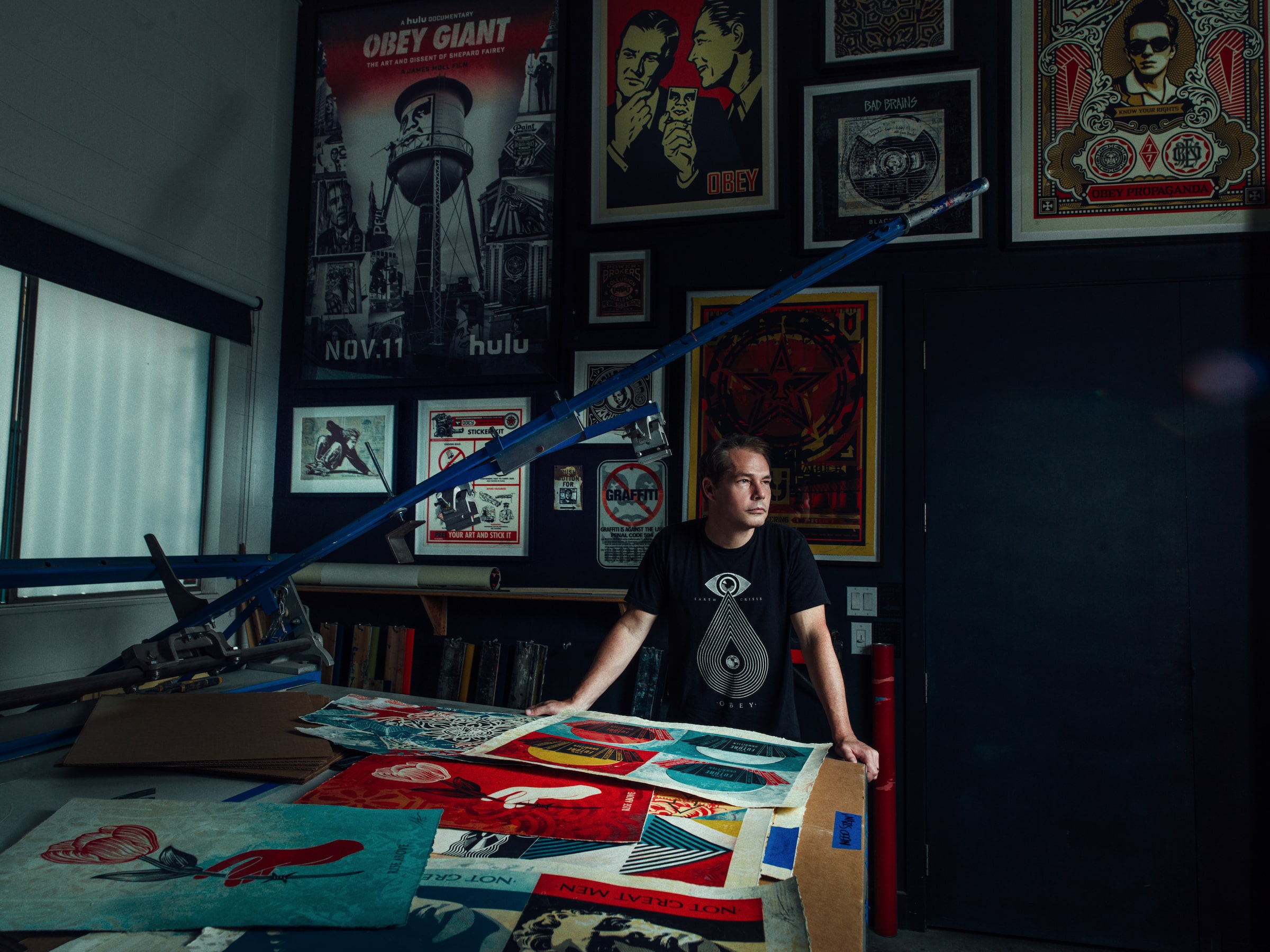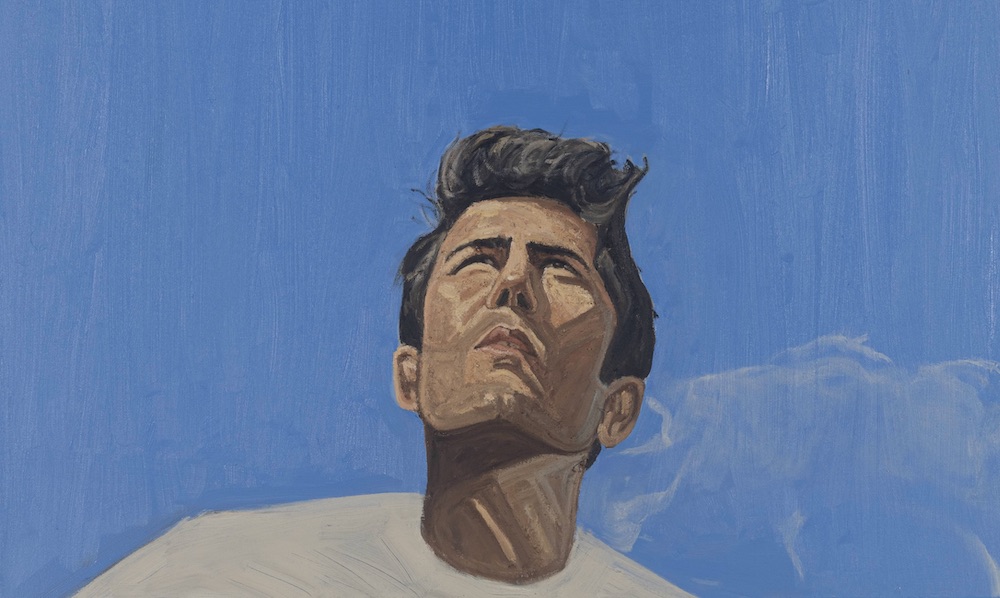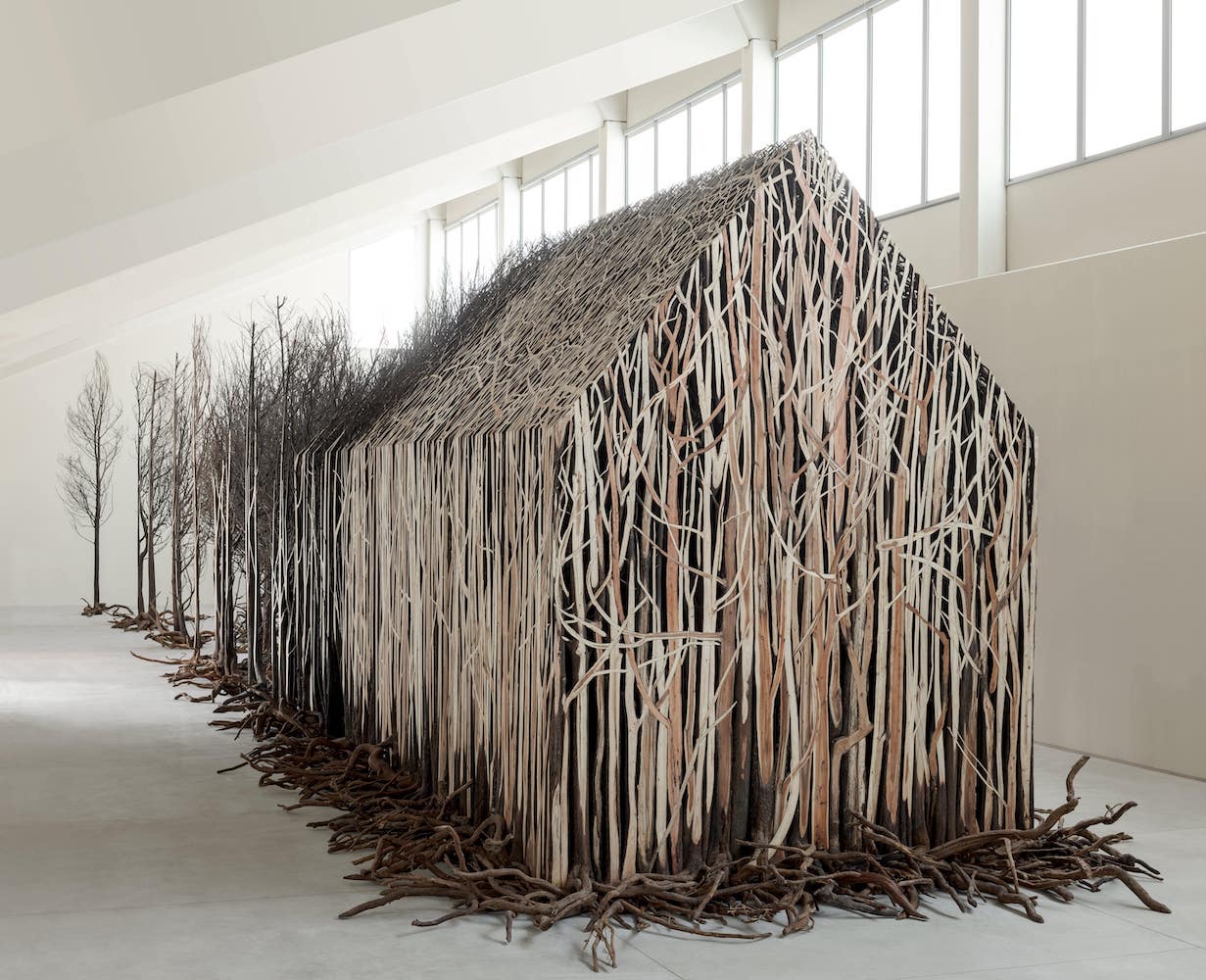“Still Life and Plastic Dreams” was on view at Athr Gallery in Jeddah until March 16, when the gallery closed temporarily in response to the global COVID-19 pandemic. Curated by Mayssa Fattouh, it was Mohammad Al Faraj’s first solo show with the gallery. An artist, writer, and filmmaker, Al Faraj investigates human experience and agency in connection with nature and climate change. The photographs, poems, and sketches in the exhibition revealed how his close relationship to his family and rural hometown of Al Hassa—his studio is on a farm—heavily influences his practice. His romantic impression of local bakers, farmers, and gardeners in Al Hassa carries a longing for simpler times, a world that can live with less.
Recently, Whitewall checked in on Alfaraj, to see how he is doing at this time. He told us, “I think at these times more than ever, we need culture, and art, and action. And more than ever, we need to bring ourselves together, close together, and find our similarities and celebrate our differences. It’s a time of crisis and a time that is testing our humanity and testing our empathy and compassion. I don’t think I can express that more than doing it in terms of action, whether you are a doctor, a person on the field working out there, or you are an artist trying to find the truth, trying to find poetry and share it and show it to people, trying to find goodness and hope.”
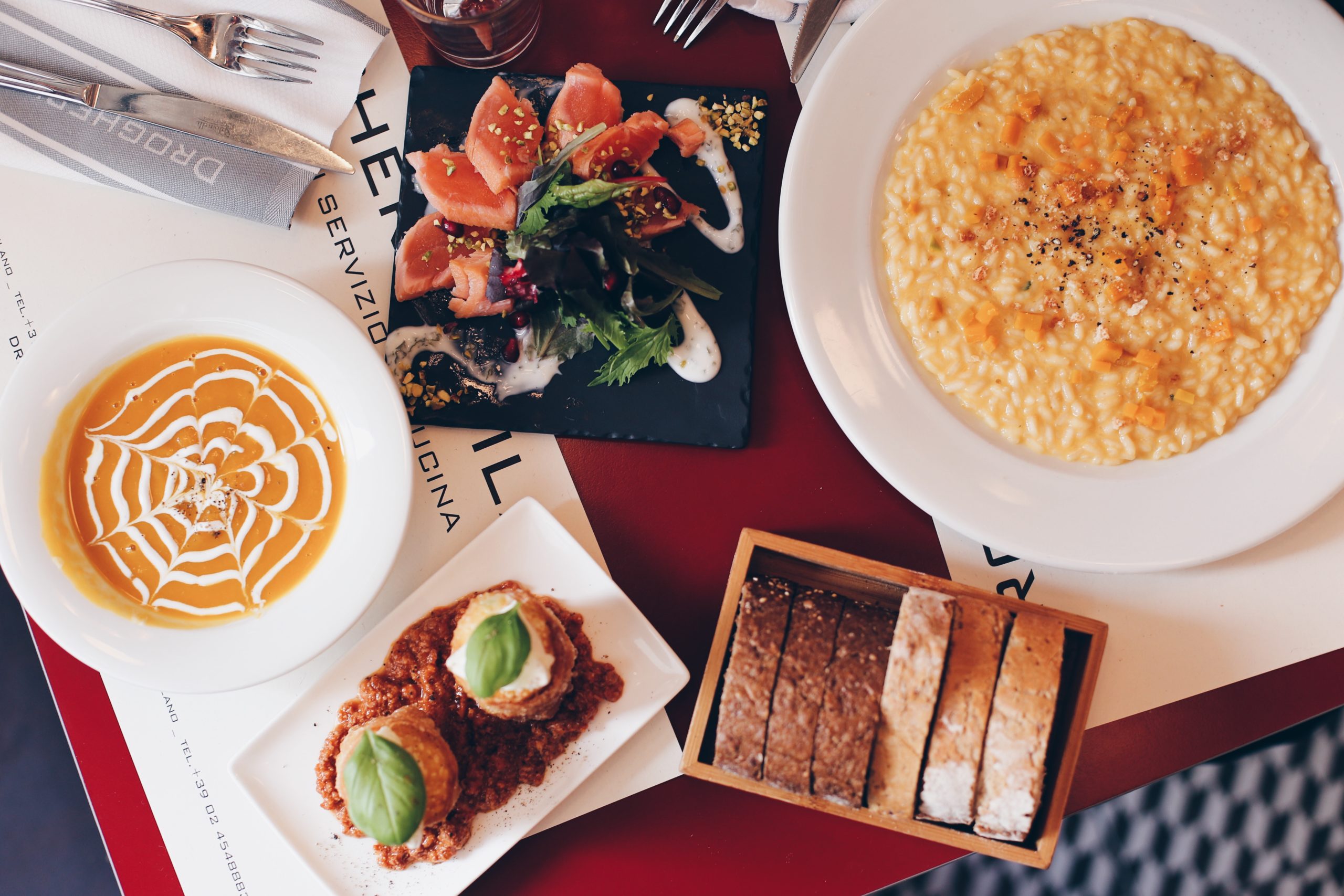
Courtesy of Drogherie Milanesi.
The interview below, was done earlier this year for Whitewall‘s spring 2020 Art Issue, out digitally now.
WHITEWALL: What was the starting point for this exhibition?
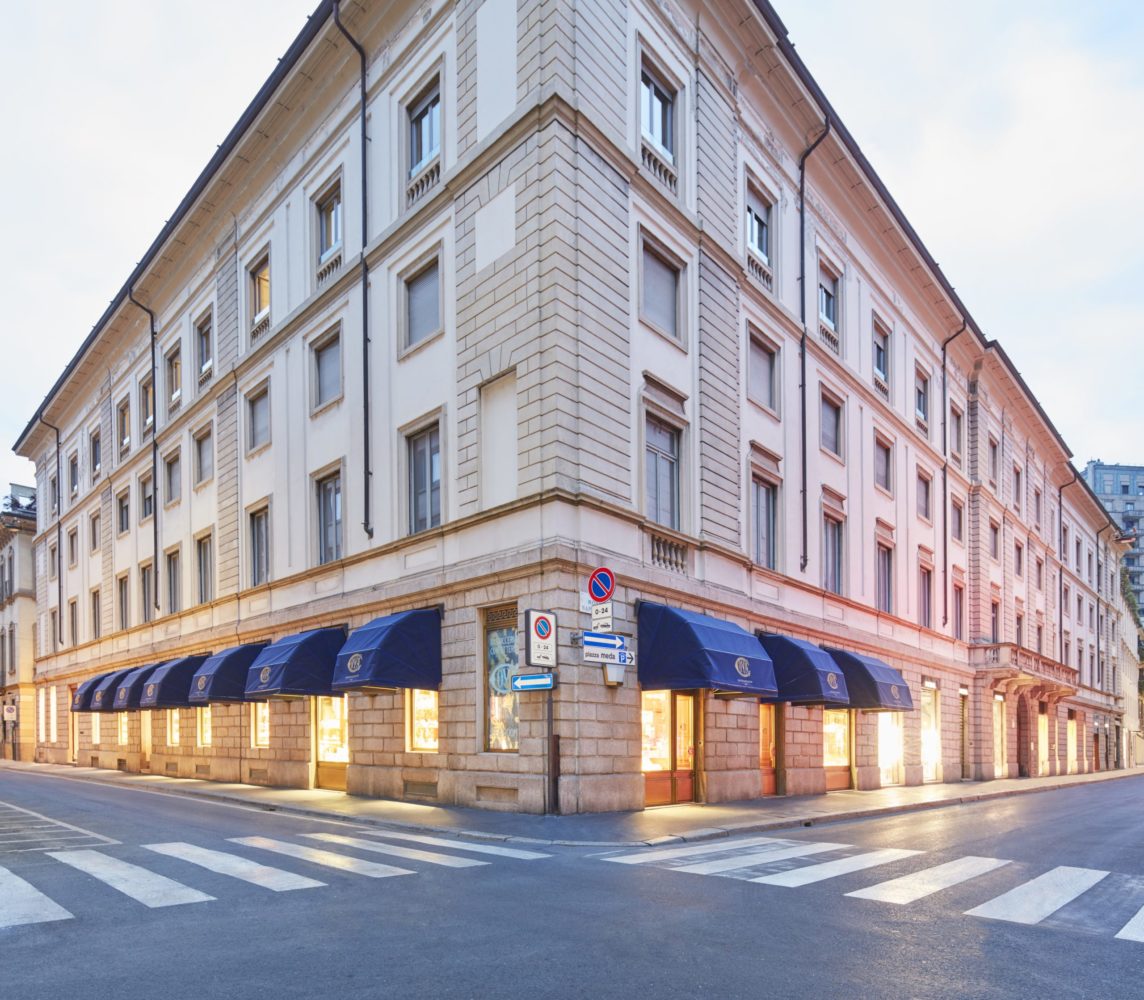
Courtesy of Cova.
MOHAMMAD ALFARAJ: The idea came from when Athr suggested creating a solo exhibition. I was doing my art residency in Barcelona, Can Serrat, and made a plan to meet curator Mayssa Fattouh, who lives and works in Barcelona as well. Our first meeting, and after, she reviewed my work. She started to create a link between the artworks and that there was a potential to expand it into a solo exhibition.
I had the idea of a solo exhibition for a while, but I thought I needed more time as I wanted to make it bigger and better, and when I felt really ready to exhibit my personal artwork in one singular space, this initiative was a welcoming push from the gallery.
WW: What are you hoping the impact will be on viewers?
MA: To be honest, I would like people to feel the same feeling when they read poetry. I want them to be enchanted and be captivated. The feeling to hit them first [should be a] heart-over- mind type of sensation. I want my artworks to create chaos in the visitor’s imagination, crack something deep inside of them, and expand their creativity along the way. I always imagine
people who receive my work will have a shiver down their spine and be inspired, as if a lightbulb on top of their heads is lit. It might be a silly imagination but I associate that with a hope, excitement, and dedication that I want the visitor to carry with them when they leave my space.
WW: How would you describe your practice?
MA: I usually work on several projects from my studio, which is located on a farm. I love to document everything. As a freelancer, I work as writer, photographer, and this gives me more chances to travel and explore more outside my hometown in Al Hassa. I have more freedom, though, when I’m back home to spend longer hours reading and researching about all topics that interest me. And I’m closer to people who lead a simple but richer life, like bakers, farmers, garden keepers, and all those that have the chance to live more closely with nature, outdoors, and away from materialistic stuff. I love spending time with them, talking to them.
WW: Tell us about your studio space. What is a typical day like for you there?
MA: My daily activity includes going to the studio at the farm, working on my projects, spending quality time with my family, as I consider family as very important pillars and they have inspired me a lot, creatively and otherwise. I believe any creative person should have the ability to be close and open to people, be it first with his/her family, or the people in the neighborhood. This human touch and sense of belonging is very important for my creative process.
My evening is my spiritual and very personal time, where I spend time by myself to process what I absorbed in the day and spend maybe reading or writing.
WW: Can you tell us about your hometown of Al Hassa and the role it plays in your practice?
MA: Brotherhood and sisterhood is what makes my hometown special. There is an intimate bond in the community, where we rely on each other and I’m very close with my friends from the creative field, like writers, filmmakers, and more. I feel very inspired by them, and I hope they feel inspired by my work as well.
WW: What from this show will you take back to the studio?
MA: Discovering myself as an artist and filmmaker. I always ask the same question: What do I want to show and what do I need to emphasize? How can I add value to everyone around me and make sure I’m not wasting their time, from the art handlers to the gallery team members, to my curator, and to everyone who took from their valuable time to come see my work? That was my
mindset throughout the whole time working for this solo exhibition I learned to appreciate the value of time, and to appreciate and respect my visitors and that I act as a vessel, a voice to speak on their behalf. To express and expand through this space. It was a very enlightening experience, and I was pleased to be able to create this fluid and intimate experience.
WW: What are you working on next?
MA: My next project is to finish a movie script and head to production, find funding and all of that, evolving my current installations, and see where I can take them next, how will they change?


